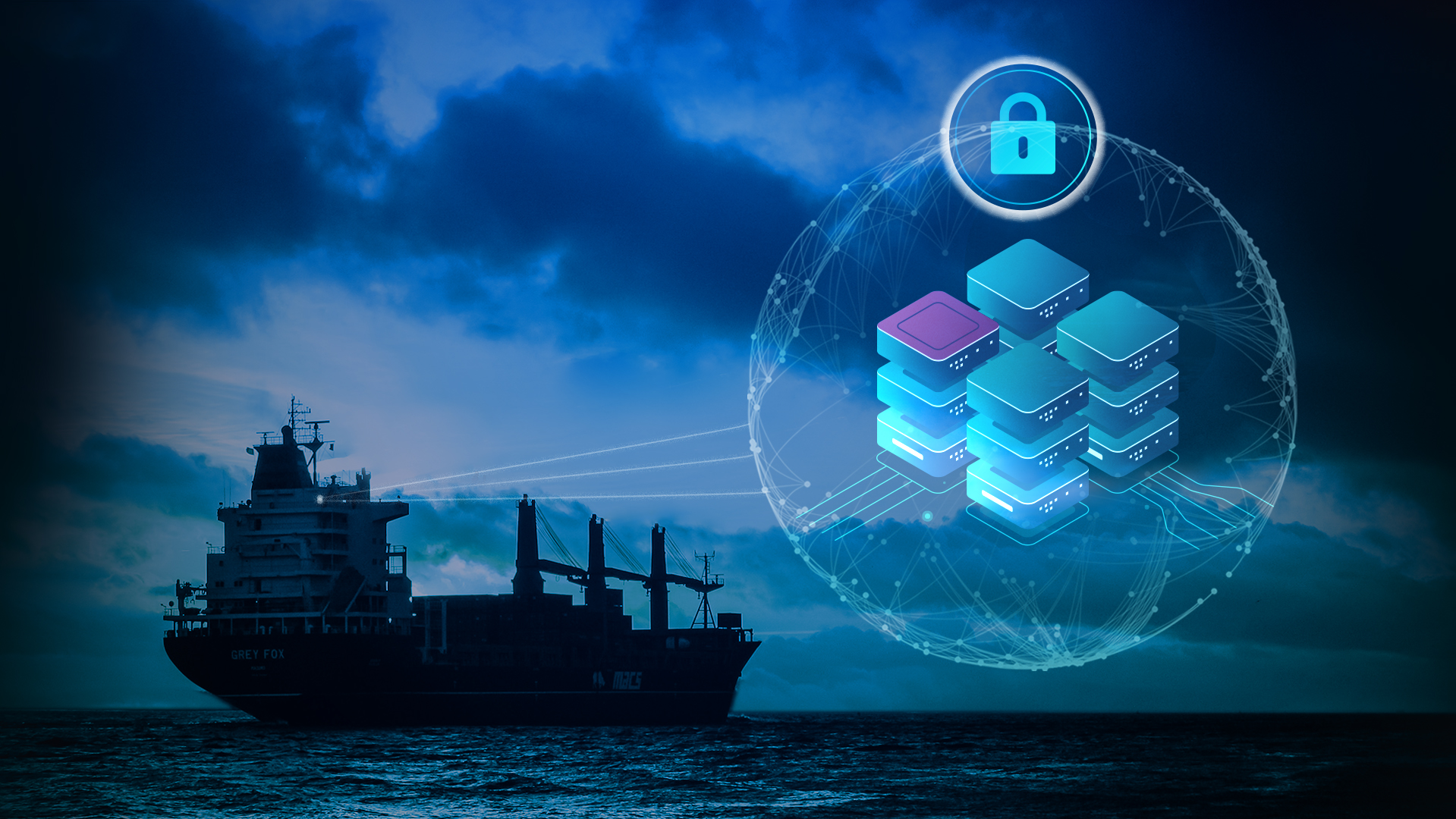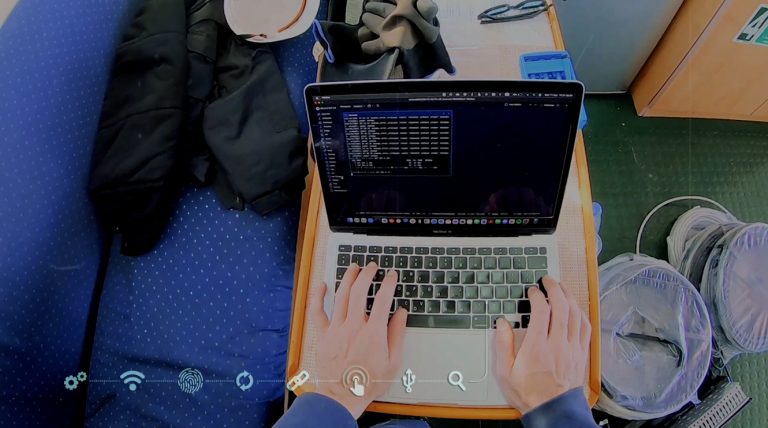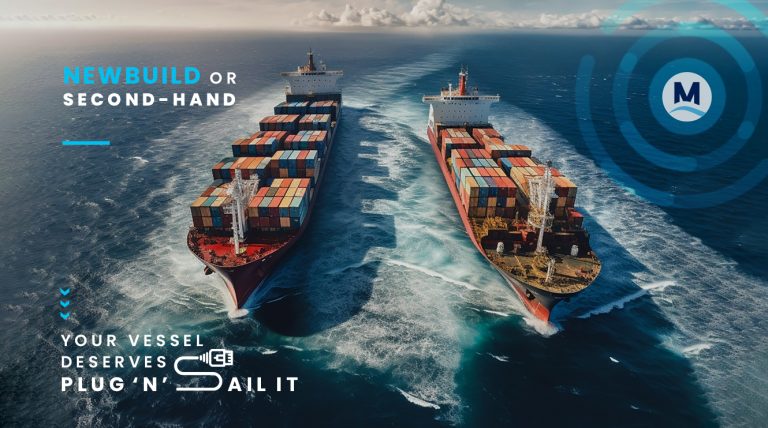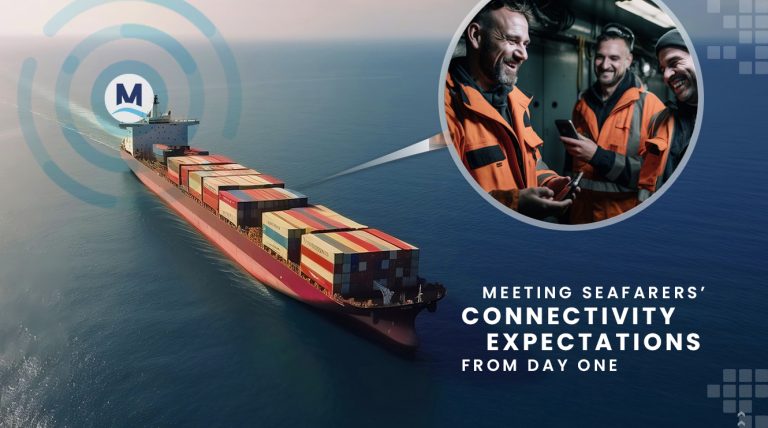Estimated reading time: 3 minutes, 35 seconds.
The maritime industry, while embracing digitalization, faces a growing cyber threat landscape. Global cybercrime costs are projected to exceed USD 10 trillion by 2025, and the maritime sector is increasingly impacted. The average cost of a cyberattack on a maritime organization now surpasses USD 550,000, highlighting the severe financial repercussions.
A Wave of Attacks
Cybersecurity reports reveal a dramatic surge in maritime cyber incidents in 2024. Over 1,800 vessels were targeted in the first half of the year alone. Sophisticated attacks, beyond basic phishing, now include:
- Command & Control (C2) Attacks: Persistent access to ship systems for data theft and operational disruption.
- Botnet Exploits: Leveraging IoT devices to spread malware across fleets.
- AI-Powered Threats: Highly targeted and evasive attacks that challenge traditional defenses.
While sophisticated, phishing remains a significant threat, exploiting human error to breach systems.
The Numbers Tell the Story
Data from 2024 paints a stark picture of the maritime sector’s cybersecurity challenges:
- 23,400 malware detections
- 178 ransomware attacks
- 50+ billion firewall events
- 14.8 billion security alerts
These figures represent a marked increase compared to 2023, emphasizing the urgency of adopting more robust cybersecurity measures.
High-Profile Incidents of 2023 - 2024
Several high-profile incidents have highlighted the vulnerabilities within the maritime industry:
- MarineMax Ransomware Attack: The Rhysida group targeted this leading retailer, leaking financial documents and demanding nearly $1 million in ransom. The breach disrupted operations and underscored the risks of insufficient data security protocols.
- MV Behshad Cyber Operation: A U.S. cyberattack disabled an Iranian spy ship, demonstrating how cyber warfare is reshaping maritime geopolitics.
- Eastern Shipbuilding Group Ransomware Breach: LockBit exploited vulnerabilities in this defense contractor’s systems, raising questions about the adequacy of cybersecurity within the defense industrial base.
- TankerTrackers DDoS Attack: A coordinated DDoS and kinetic attack against a tanker highlighted the growing convergence of cyber and physical threats.
- Austal USA Ransomware Attack: The Hunters International Ransomware Group targeted this shipbuilder, demonstrating the persistent threat of ransomware to maritime operations.
- DP World Australia Cyber Disruption: A cyberattack caused logistical challenges across Australian ports, emphasizing the operational impact of cyber incidents.
- Galaxy Leader Cargo Ship Hijacking: Yemen’s Houthi Rebels executed a hijacking, merging physical and cyber risks in maritime operations.
- BR Logistics USA and Magsaysay Maritime Corporation Breaches: LockBit 3.0 and Monti ransomware attacks disrupted these companies, highlighting vulnerabilities within maritime corporations.
Exposing Critical Vulnerabilities
The incidents of 2024 have shed light on several persistent weaknesses in maritime cybersecurity:
- Legacy Systems: Outdated technology lacking modern security features.
- Insufficient IT Expertise: Shortage of skilled cybersecurity personnel onboard.
- Interconnected Risks: Breaches in one system can quickly impact others.
- Regulatory Gaps: Insufficient and unenforced cybersecurity regulations.
IT vs. OT: The Cybersecurity Divide
Computerized systems onboard ships can be categorized into two distinct areas: Information Technology (IT) and Operational Technology (OT).
- Information Technology (IT): Office-related functions (email, data sharing) with established security measures.
- Operational Technology (OT): Critical ship systems (engine controls, navigation) with historically limited external connectivity but now increasingly vulnerable.
A major concern in OT networks is shadow connectivity, where crewmembers, suppliers, or Original Equipment Manufacturers (OEMs) have unauthorized or unregulated remote access for system maintenance and monitoring. Unregulated connections can bypass established security protocols, creating hidden vulnerabilities in critical systems that malicious actors might exploit.
The interplay between IT and OT presents unique challenges, as breaches in one domain can quickly impact the other. To secure both areas, it is essential to implement holistic cybersecurity measures tailored to their distinct characteristics while ensuring seamless coordination between IT and OT teams.
Strengthening Maritime Cyber Defenses
The International Association of Classification Societies (IACS) has introduced two Unified Requirements (UR) to bolster maritime cybersecurity, which will apply to all ships contracted for construction on or after 1 July 2024. These URs, while mandatory for new ships, offer valuable guidance for enhancing the cybersecurity of ships already in service.
- UR E26: This requirement focuses on ensuring that a ship is considered cyber-resilient. It outlines the functional aspects necessary for adequate cybersecurity, including the need for updated inventories, procedures, drawings, and plans throughout the ship’s lifecycle.
- UR E27: This requirement provides the minimum technical capabilities that systems and equipment must meet to be deemed cyber resilient. Offering clear standards for third-party equipment suppliers ensures consistency in cybersecurity measures across the industry. For shipowners, it provides clarity and confidence when procuring systems and equipment for their vessels.
Together, these requirements address both operational and technical cybersecurity needs, setting a benchmark for the industry to follow. Understanding the distinctions and applications of UR E26 and E27 is crucial for implementing effective defensive measures across the maritime sector.
A Multi-faceted Approach
To counter these challenges, the maritime sector must adopt a multi-faceted approach:
- Robust Cybersecurity Frameworks: Regular vulnerability assessments, network segmentation, and strict access controls are essential for protecting critical systems.
- Investment in Human Capital: Training maritime personnel in cybersecurity best practices can bolster incident detection and response capabilities.
- Regulatory Enhancement: Adhering to IMO cybersecurity guidelines and IACS UR E26 & E27 standards ensures compliance and resilience.
- Technology Adoption: Advanced tools like AI for predictive threat analysis and blockchain for securing supply chain data can provide significant defensive advantages.
Conclusion: A Call to Action
The 2024 surge in cyberattacks underscores the urgent need for comprehensive cybersecurity strategies in the maritime industry. By addressing technical vulnerabilities, investing in human capital, and enhancing regulatory frameworks, the sector can safeguard operations in an increasingly interconnected world.





